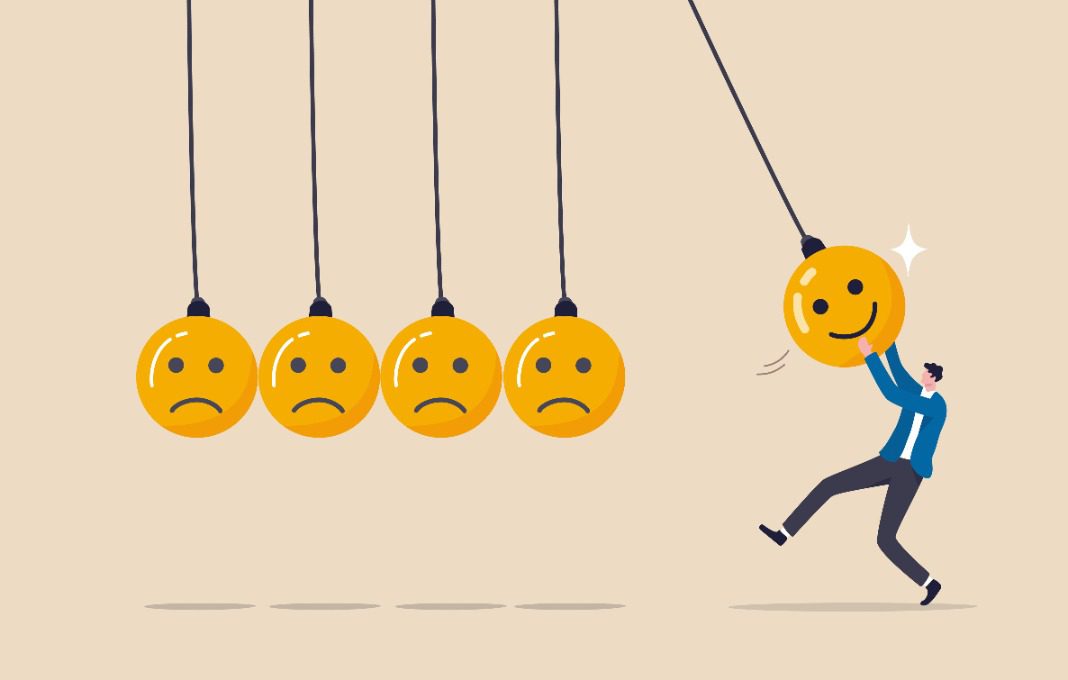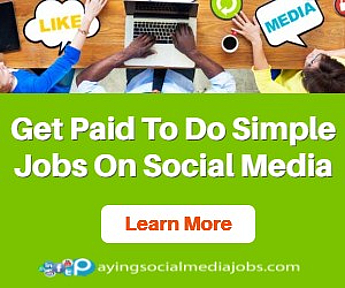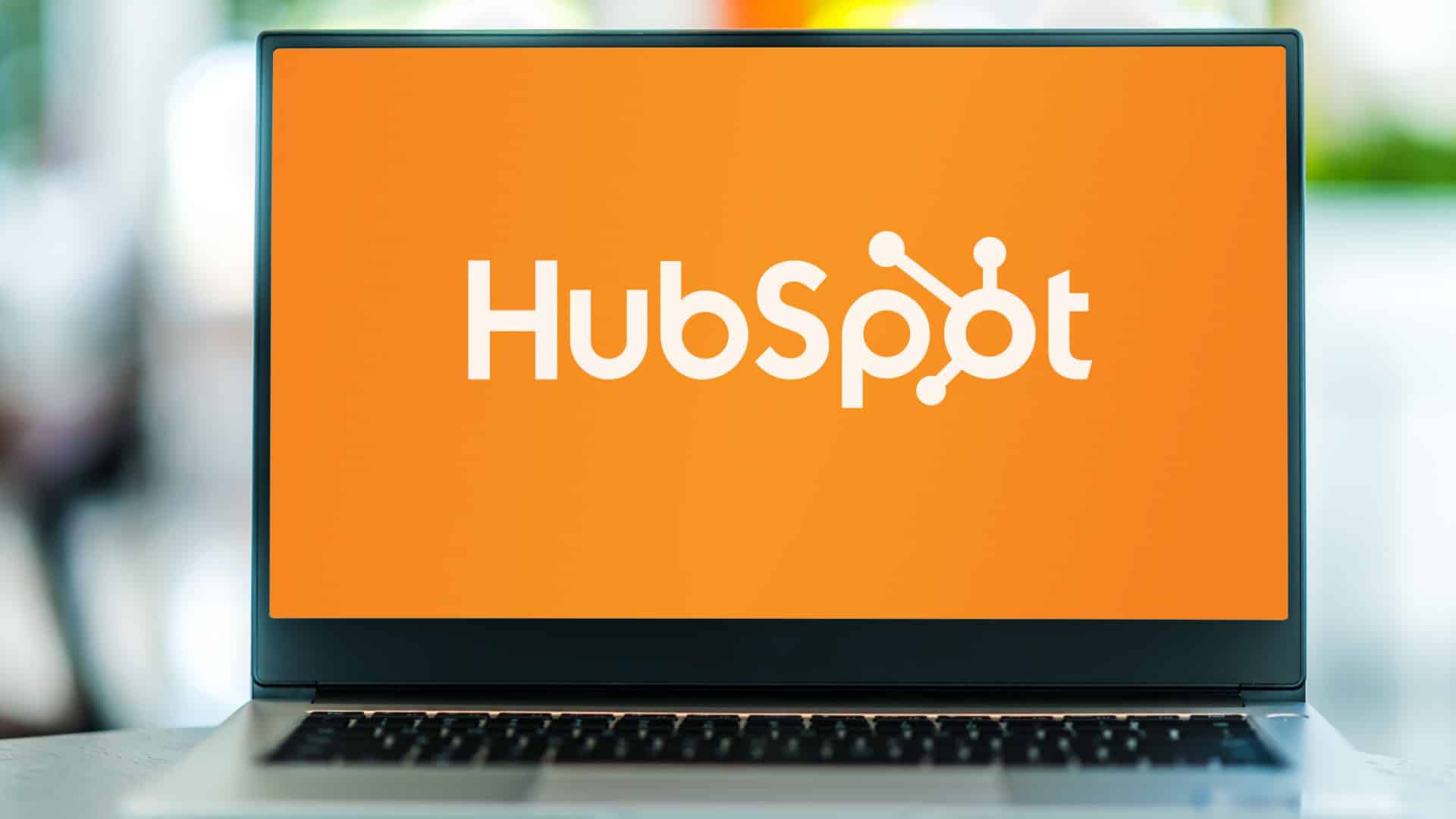In 2024, any discussion on International Workers’ Day would be incomplete without mention of AI and its impact on workers and workplaces. Tomorrow, May 2nd, marks the one-year anniversary of last year’s historic Writers Guild of America (WGA) strike, the first time we saw AI as a deciding factor in a major labor dispute.
The WGA strike and the strike by SAG-AFTRA, the union representing performers and broadcasters, shone a spotlight on Hollywood–but not for a red carpet or silver screen. Instead, the strikes held our collective attention as workers, labor organizations and employers attempted in real time to come to grips with the effects of AI on their workplaces, creativity, and livelihoods.
The labor unions and studios reached an eventual agreement that included AI provisions protecting writers’ work and giving actors’ control over the use of their image: a demonstration of the power of collective action. Perhaps more importantly, however, the Hollywood negotiations highlighted the urgent need for businesses to carefully consider how to implement AI in the workplace with respect for workers’ rights.
While the strikes in Hollywood may have been the highest profile, they will certainly not be the last instance where workers and management disagree on the implementation of AI. As the CEO of Partnership on AI (PAI), a global nonprofit community focused on responsible AI, I am optimistic about the benefits of AI in workplaces, if deployed in consultation with workers.
As business leaders across industries explore AI’s potential for their organizations, it will serve executives and managers to learn the following three lessons from the Hollywood example.
- The magnitude of AI’s impact on workers isn’t predetermined–and should be shaped collaboratively
AI integration may disrupt jobs, but that doesn’t have to mean eliminating jobs or cutting pay. As much as technology influences society, ultimately we–leaders across sectors–define how AI shapes the future of work. Businesses adopting AI, along with those developing the technology, as well as labor and civil society organizations have a role to play to develop insights and guidance to navigate this technological change.Many industries have yet to develop clear parameters on how AI can be used in the workplace. In the Hollywood labor disputes, writers, actors, and other creatives were appropriately concerned that studios’ need to cut costs would result in less control over their job security, artistic freedom, and use of their image or words.
Rather than blindsiding workers with new AI plans and policies, leaders need to invite them into the conversation to share how they believe AI can best integrate into their work to benefit the business and its people. Our research on job quality shows that employees appreciate how AI can benefit their jobs, if deployed consultatively and with recognition for their judgment and creativity.
- Explore the benefits of generative AI, but be aware of the potential risks
As generative AI tools evolve and get better at creating natural-sounding writing and realistic images and videos, they become more appealing for companies to explore as productivity and efficiency enhancers. A McKinsey study estimates that generative AI could automate between 60-70% of activities across most jobs through 2030, up from their previous estimate of 50% from other forms of AI and automation.When they took the picket lines, writers and actors were appropriately concerned about generative AI tools and the copyright and privacy issues they presented, including whether AI tools could replicate their writing, voices, or faces without consent. Beyond Hollywood, it is crucial for every business using AI to ensure they have the appropriate risk management, data governance, and documentation processes in place right from the start.
All industries need to understand the legal and organizational implications of deploying generative AI systems. Developing policies on the appropriate use of generative AI tools in the workplace protects both the organization and its employees, saving workers from wondering whether their work will be used to train an AI system that will eventually replace them and saving managers from wondering whether workers are using AI systems to do their work for them.
- Values of equity and inclusion need to be reflected in organizational approaches to AI
In recent years, Hollywood has delivered box office success with films that authentically reflect different communities. Indeed, creativity is often the result of bringing diverse perspectives together. As more companies seek to build their own AI tools and applications, it’s important to remember that creating innovative products requires building teams and organizational cultures that embody diversity and inclusion.For AI, the first step is to be aware of how AI-driven systems can impact different stakeholders in different ways. This can mean gathering feedback not just from those developing and using the tools and applications, but also from those who will be affected when interacting with the system. For example, the use of chatbots to respond to customer service questions may seem like an efficient way to help more customers, but how will those needing the services react to the chatbot? How will it affect some groups–like those whose first language is not English, or those with disabilities–more than others?
This May Day, let’s learn from Hollywood’s labor disruption and the questions it poses for all businesses considering how best to deploy AI in their workforce. The 2023 strikes showed the worst-case scenario for haphazard approaches to AI adoption. By building trust inclusively and centering workers’ voices in AI development right from the start, organizations can harness the potential of AI innovation while promoting worker and community well-being.
—————
Written by Rebecca Finlay.
Have you read?
Countries: Powerful Passports. Countries: Richest. Countries: Poorest. Countries: Happiest. Countries: Life Expectancy.
Add CEOWORLD magazine to your Google News feed.
Follow CEOWORLD magazine headlines on: Google News, LinkedIn, Twitter, and Facebook.
This report/news/ranking/statistics has been prepared only for general guidance on matters of interest and does not constitute professional advice. You should not act upon the information contained in this publication without obtaining specific professional advice. No representation or warranty (express or implied) is given as to the accuracy or completeness of the information contained in this publication, and, to the extent permitted by law, CEOWORLD magazine does not accept or assume any liability, responsibility or duty of care for any consequences of you or anyone
else acting, or refraining to act, in reliance on the information contained in this publication or for any decision based on it.
Copyright 2024 The CEOWORLD magazine. All rights reserved. This material (and any extract from it) must not be copied, redistributed or placed on any website, without CEOWORLD magazine’ prior written consent. For media queries, please contact: info@ceoworld.biz
SUBSCRIBE NEWSLETTER









































![Antoni Porowski Dishes Up News on ‘Queer Eye Season 9’ [Interview]](https://static1.colliderimages.com/wordpress/wp-content/uploads/2024/05/queer-eye-antoni-porowski-interview-1.jpg)















![LinkedIn Shares New Data on Evolving Marketing Skills [Infographic]](https://www.socialmediatoday.com/imgproxy/N8RpTRi4vl8cXG0Z6ErFl7A2iZwkju2nKUTt_2hzcm4/g:ce/rs:fill:770:435:0/bG9jYWw6Ly8vZGl2ZWltYWdlL2xpX2Ntb19pbmZvMS5wbmc.webp)













